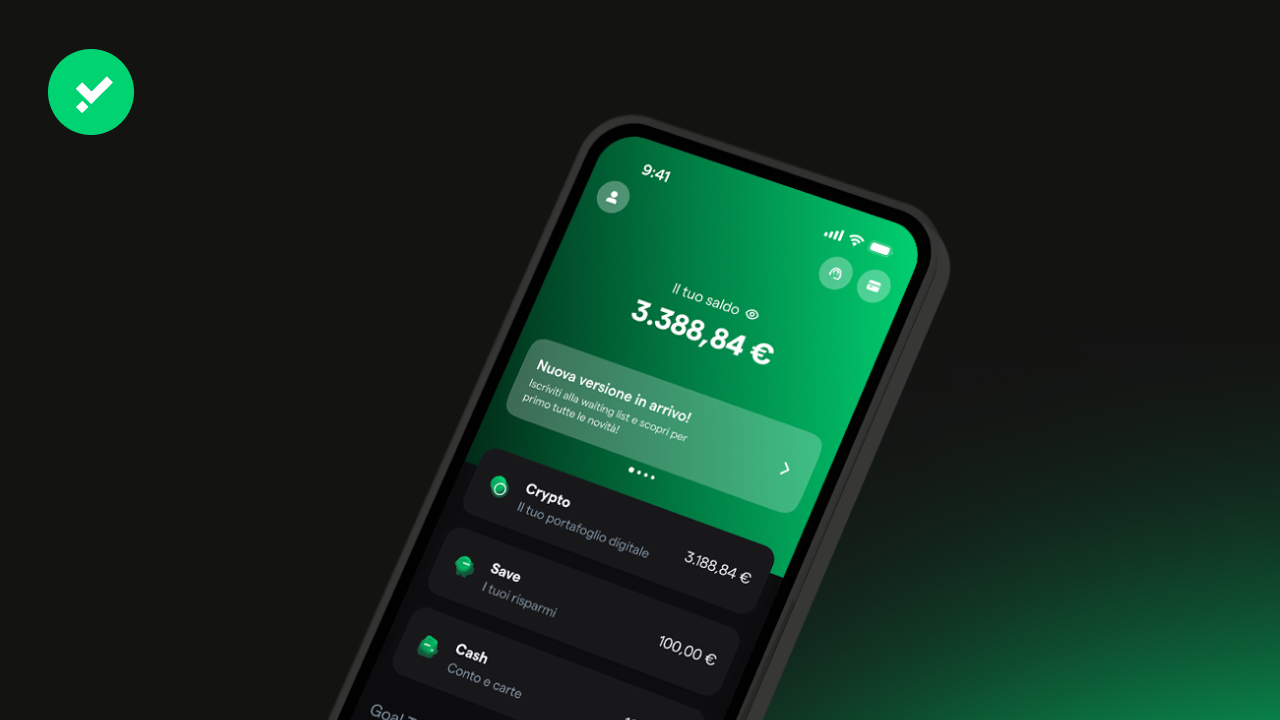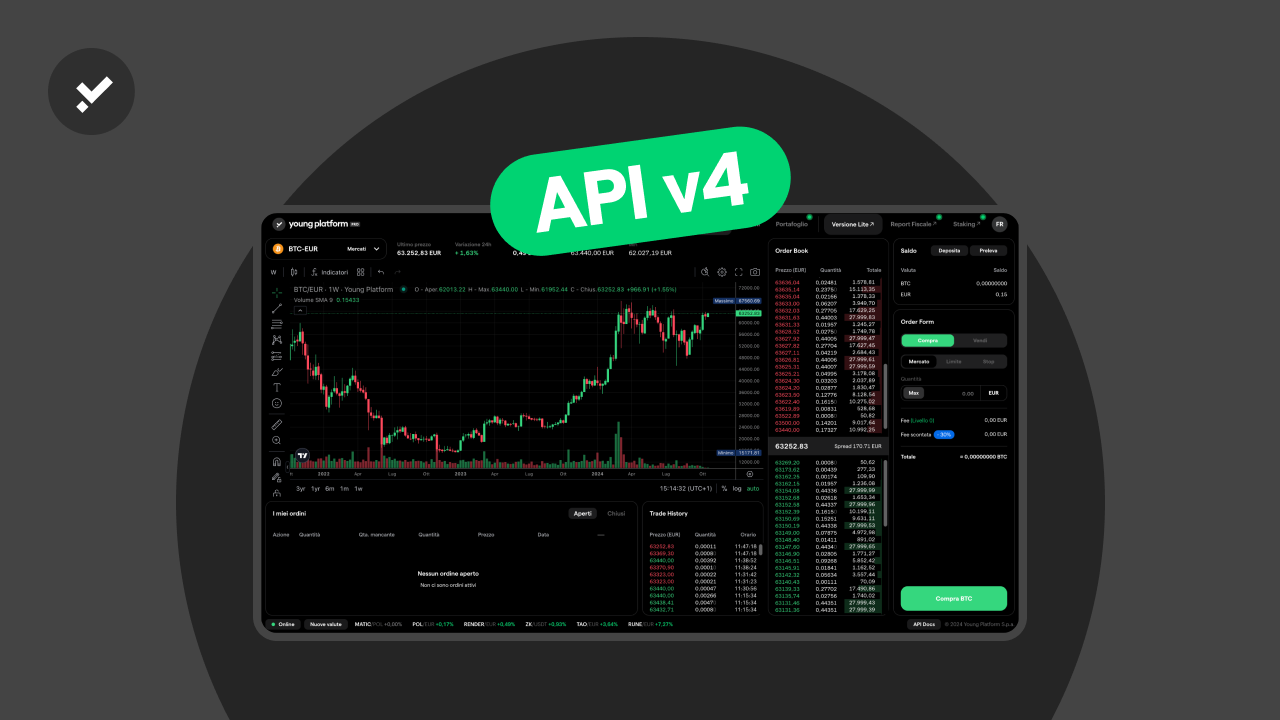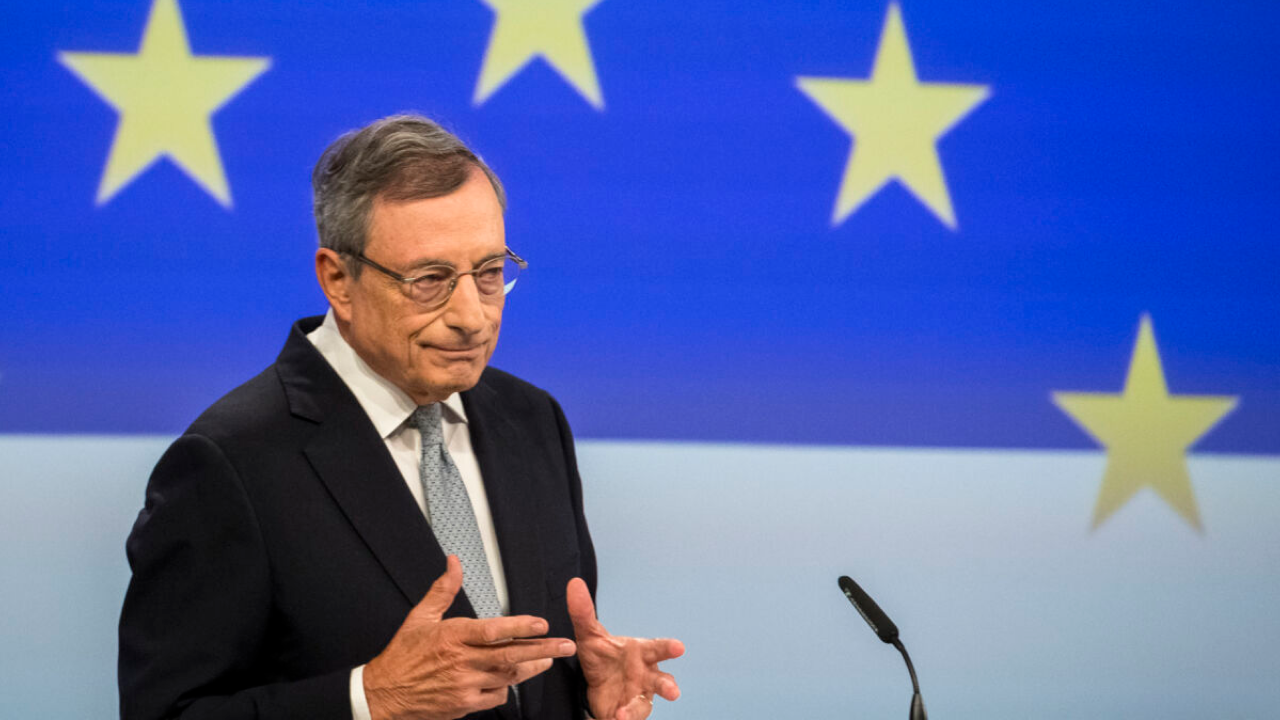Discover the quarterly data calendar for NVIDIA and the most important companies on the stock market.
The calendar of quarterly data for NVIDIA and the most important companies on the stock market is an essential tool for keeping up with the markets. Every three months, NVIDIA and all listed companies are required to publish their quarterly reports. These reports contain the company’s financial results for the last quarter, including revenue, profits, expenses, future forecasts and much more.
Find out why they are essential, how they influence investor decisions, and see the complete, up-to-date calendar in this article.
Quarterly reports: why do companies like NVIDIA have to publish them?
Before delving into the quarterly report calendar for NVIDIA and other major companies on the stock market, it is helpful to understand some of the characteristics of these reports. First of all, it should be noted that publishing these documents is a regulatory requirement intended to ensure an acceptable level of transparency in the markets.
The publication of quarterly reports allows investors to assess a company’s performance, determine whether it is growing and able to make a profit, and decide whether to buy or sell its shares.
Quarterly reports are not only an indication of a company’s financial health, but also a tool for comparing it with its competitors. For example, NVIDIA’s results can be used to compare the company with others in the technology sector. In 2025, for example, NVIDIA’s share price rose by around 32%, bringing the company’s market capitalisation to £4.38 trillion.
Does the share price represent NVIDIA’s real value? Is the market cap still justified? At least in part, the answers to these questions can be found by analysing the quarterly reports.
How they influence the markets
NVIDIA’s quarterly reports, like those of many other listed companies, have a significant impact on the markets. However, the effect they have is never predictable and requires experience and in-depth understanding to be interpreted correctly.
Intuitively, when a company’s results are positive, its share price will rise. In reality, the market’s reaction to this data is not so straightforward.
The truth is that there is no precise formula for predicting how the market will react to quarterly data. Multiple factors can influence reactions. Investor expectations are crucial: if a company’s results are in line with analysts’ forecasts, or better still, exceed them, the stock will tend to rise. However, if the results are positive but fail to exceed expectations, the stock may fall.
Another determining factor is the macroeconomic environment. Markets are currently experiencing uncertainty and weakness due to Donald Trump’s unpredictable behaviour, which prevents investors from having a clear view of the near future, and the ongoing geopolitical chaos caused by wars.
In this volatile situation, even positive quarterly results may not receive the attention they deserve. For example, suppose the Federal Reserve raises or keeps interest rates unchanged at the next Federal Open Market Committee (FOMC) meeting. In that case, even excellent quarterly results may not have a positive impact. In short, restrictive monetary policies trigger capital flight from the stock market to less risky alternatives, such as bonds and government securities.
Finally, we cannot fail to mention other aspects that play a central role. The company’s size, sector, market share, and reputation are all factors that can affect market perceptions and reactions to quarterly results.
NVIDIA quarterly results: record profits for Q3
On Wednesday, 19 November, at around 10 p.m., NVIDIA CEO Jensen Huang announced the company’s third-quarter earnings to the world: $57 billion, just over $2 billion higher than the $54.89 billion forecast.
Immediately after the news, NVIDIA shares rose by up to 5.25%. This is a record result, as the microchip giant’s earnings are up 22% on a quarter-on-quarter (QoQ) basis and 62% on the same quarter last year (YoY).
This performance has also cooled fears about the AI bubble, which had been unsettling the major financial players for a couple of weeks: fears of a bubble in the artificial intelligence sector, ‘made official’ by Michael Burry’s bet against Palantir and Nvidia itself, had caused the leading stocks in the S&P500 and Nasdaq 100 to lose more than 10% from their highs at the end of October.
In fact, a 22% higher profit than three months ago would tend to justify the value of Nvidia’s shares in the first place and, by extension, the remaining six of the ‘Magnificent 7’ group – Alphabet, Amazon, Apple, Meta Platforms, Microsoft and Tesla.
During the earnings call, Huang stated that ‘Blackwell sales are skyrocketing and cloud GPUs are sold out. Demand for computing power continues to grow exponentially. He concluded by saying that ‘the AI ecosystem is growing rapidly’ and that ‘AI is coming everywhere, doing everything, at the same time‘. These words clearly dispel fears of a crash in the sector – at least temporarily.
Calendar and history
Thursday, 4 September 2025
- Broadcom – Market Cap: £1.65 trillion | Earnings: £15.95 billion (against £15.82 billion forecast)
Tuesday, 9 September 2025
- Oracle – Market Cap: £830.46 billion | Earnings: £14.93 billion (against £15.03 billion forecast)
Thursday, 25 September 2025
- Costco – Market Cap: $414.96 billion | Earnings: $86.16 billion (vs. $86.08 billion expected)
Tuesday, 30 September 2025
- Nike – Market Cap: $99.59 billion | Earnings: $11.72 billion (compared to $10.79 billion expected)
Tuesday, 14 October
- JPMorgan – Market Cap: $810.02 billion | Earnings: $46.43 billion (vs. $45.25 billion expected)
- Wells Fargo – Market Cap: $262.24 billion | Earnings: $21.43 billion (vs. $21.14 billion expected)
- Goldman Sachs – Market Cap: $237.63 billion | Earnings: $15.18 billion (compared to $14.13 billion expected)
- BlackRock – Market Cap: $180.1 billion | Earnings: $6.51 billion (compared to $6.29 billion expected)
Wednesday, 15 October 2025
- Bank of America – Market Cap: $375.85 billion | Earnings: $28.09 billion (compared to $27.48 billion expected)
- Morgan Stanley – Market Cap: $252.44 billion | Earnings: $18.22 billion (compared to $16.66 billion expected)
Friday, 17 October 2025
- American Express – Market Cap: $238.77 billion | Earnings: $18.43 billion (compared to $18.05 billion expected)
Tuesday, 21 October 2025
- Netflix – Market Cap: $477.45 billion | Earnings: $11.51 billion (against $11.51 expected)
- Coca Cola – Market Cap: $304.62 billion | Earnings: $12.5 billion (vs. $12.41 billion expected)
Wednesday, 22 October 2025
- Tesla – Market Cap: $1.46 trillion | Earnings: $28.1 billion (vs. $26.22 billion expected)
- IBM – Market Cap: $267.82 billion | Earnings: $16.33 billion (compared to $16.09 billion expected)
Tuesday, 28 October 2025
- Visa – Market Cap: $662.08 billion | Earnings: $10.7 billion (vs. $10.61 billion expected)
- UnitedHealth – Market Cap: $312.23 billion | Earnings: $113.2 billion (compared to $113.04 billion expected)
Wednesday, 29 October 2025
- Microsoft – Market Cap: $3.91 trillion | Earnings: $77.7 billion (compared to $75.32 billion expected)
- Alphabet – Market Cap: $3.4 trillion | Earnings: $105.35 billion (compared to $99.79 billion expected)
- Meta Platforms – Market Cap: $1.67 trillion | Earnings: $51.24 billion (compared to $49.36 billion expected)
Thursday, 30 October 2025
- Apple – Market Cap: $4.03 trillion | Earnings: $102.5 billion (compared to $101.69 billion expected)
- Amazon – Market Cap: $2.38 trillion | Earnings: $180.2 billion (compared to $177.75 billion expected)
- Mastercard – Market Cap: $498.17 billion | Earnings: $8.6 billion (compared to $8.54 billion expected)
Saturday, 1 November 2025
- Berkshire Hathaway – Market Cap: $1.08 trillion | Earnings: $94.97 billion (compared to $95.65 billion forecast)
Tuesday, 5 November 2025
- McDonald’s – Market Cap: $215.6 billion | Earnings: $7.08 billion (against $7.1 billion expected)
Wednesday, 19 November 2025
- NVIDIA – Market Cap: $4.53 trillion | Earnings: $57 billion (compared to $54.89 billion expected)














